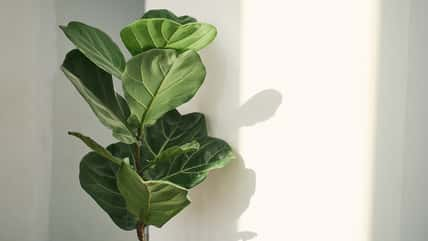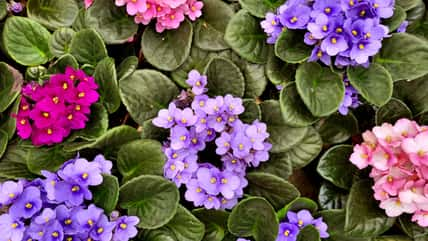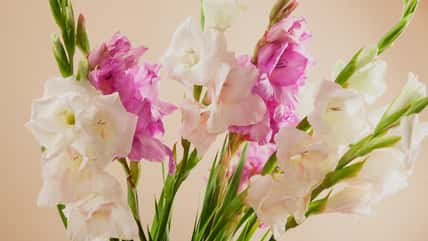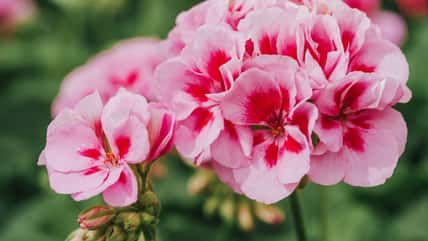Here’s How To Grow And Care For Mini Roses, A Compact Perennial That Still Packs A Punch Of Beauty For Those With Small Backyards Or Tiny Patios

For those with small backyards or tiny terraces, miniature roses are perfect because the bushes are compact but still produce beautiful blooms that add impact to limited outdoor space. The small shrubs emerged in the 1930s when plant breeders accidentally created rose hybrids.
These perennials usually reach no more than two feet tall. They can be placed in containers or grown as borders for garden beds. They also share many of the same care requirements as regular-sized roses. In addition to being fragrant and elegant, they have no thorns and re-bloom every year.
Mini roses are surprisingly hardy and can tolerate winters, but they’ll need extra protection in cold climates. They grow best in Zones 5 to 9. Here’s a brief guide on how to properly grow and maintain mini roses.
Sunlight
Mini roses prefer to be in direct sunlight for six to eight hours per day. They can handle some shade, but too much can cause the bushes to become sparse and result in fewer blooms.
Getting enough sunlight also helps them be more resistant to disease. So, make sure you plant them in a sunny location.
Soil and Water
Plant mini roses in early spring. Use soil that is rich, loamy, and well-draining. If you’re planting them in containers, incorporate a light, well-draining soil packed with nutrients to avoid root rot. Every fall, apply a layer of organic mulch to renew the soil.
After planting, water your mini roses frequently. Add water when the soil feels dry. Give them about one inch of water per week. Potted roses will need more water than ones planted in the garden. When watering, try not to let the water touch the leaves or blooms. Aim for the dirt instead.
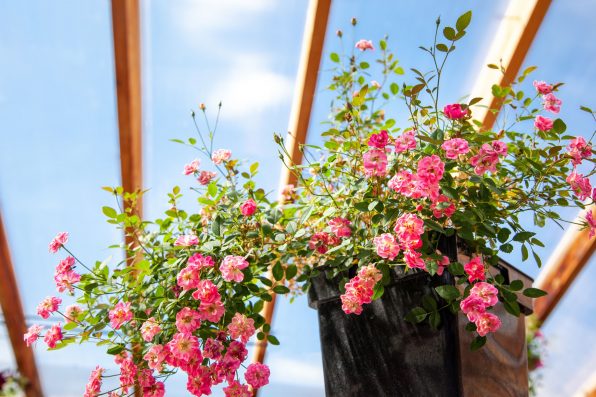
Klever_ok – stock.adobe.com – illustrative purposes only
Fertilizer
Mini rose shrubs require regular fertilizing to continue blooming throughout the season. It is recommended to use a fertilizer specially formulated for roses. An all-purpose product works as well. Begin fertilizing in the spring when the first leaves appear.
Repeat after each abundant bloom. Make sure to follow the instructions on the packaging to determine how much fertilizer to apply. Stop feeding your roses six to eight weeks before the first frost.
Pruning
Pruning should occur in late winter or early spring before new growth arrives. Remove any dead or damaged wood and stems. Then, trim back no more than one-third of the plant to maintain its shape.
Potting and Repotting
Use a container that is six to eight inches deep and has drainage holes. It helps to layer gravel in the bottom of the pot to improve drainage. If you’re keeping your potted roses indoors, they may need additional humidity to survive.
Sign up for Chip Chick’s newsletter and get stories like this delivered to your inbox.
More About:Gardening

